Today’s topic is My Worst Investment Ever.
In Patrick Bet-David’s book, Your Next Five Moves: Master the Art of Business Strategy, he talks about branding. Since I’m continually building The Prolific Investor brand, I was very interested in this chapter. He recommends not only talking about your successes but also talking about your failures. People get annoyed if all you talk about are the grand slams and never talk about the strikeouts. I’ve certainly made many mistakes in my investing journey, and it certainly wasn’t a conscious attempt to hide them; it’s just more fun to talk about the successes. With that introduction, let me share my worst investment ever.
At one time, I was very enamored with note investing. What’s a note? According to Investopedia, a note is a legal document that serves as an IOU from a borrower to a creditor or an investor. Your home loan is a note, a promissory note whereby you agree to repay the bank on specific terms. The note is a liability to you and an asset to the bank. We mostly think of our home loans as owned by a bank, but they could be owned by an investor, like me. That’s what I was doing, buying notes, both performing, where the borrower was paying, and non-performing, where they were not.
In September 2015, while living in Seattle and holding down a full-time job, I purchased a non-performing note, secured by a single-family residence in Anderson, Indiana. The note had an unpaid balance (UPB) of $39,023, and the house was owner-occupied and had an estimated value of $53,000. Since the note was non-performing, I was able to purchase it for $24,185, a 38% discount from its $39,023 UPB.
- Note Cost $24,185
- Note UPB $39,023
- House Value $53,000
My intent with this investment was to contact the borrower/homeowner and renegotiate the terms of the note, so she could resume payments and stay in her home, and I would have a nice monthly income stream for the term of the note. If we were unable to reach an agreement on new terms, the worst-case scenario, or so I thought, was to foreclose on the property, evict the homeowner, sell the house, and make a profit of about $28,815. For simplicity’s sake, I have omitted the various transaction and holding costs in these examples.
- House sale price $53,000
- Note cost -$24,185
- PROFIT $28,815
For several reasons, some being my inexperience, I didn’t get someone out to look at the house until December. The report and the pictures I got back were horrendous. The house was vacant, unsecured, and trashed. There were beer cans and liquor bottles and garbage strewn everywhere and mold all over. I think the pictures tell the story.
TEACHING POINT!
This house was supposed to be owner-occupied. When did it become invaded by squatters and then vacant? When I made this investment in September 2015, I relied on a broker price opinion (BPO) or comp from December 2014 (nine months earlier), which included pictures showing the house in average condition and inhabited. Amazing what can happen in nine months. Always get a new BPO when making this type of investment.
At this point, I had some decisions to make, and I needed to know the as-is value of the house, after-repair value (ARV), and estimated repair costs. They were as follows:
- House as-is value $0 – $3,000
- House ARV $35,000
- Repair costs $13,660 – $35,000
Interesting that the estimated house value from the December 2014 BPO was $53,000, and in December 2015, it came in at $35,000. These BPOs and typically prepared by realtors, and the fact that the word “opinion” is included is a clue as to why the values could be different. Additionally, the two BPOs were twelve months apart, but it’s unlikely that the market declined 38% during that time.
TEACHING POINT!
What could I have done differently here:
- Obtained a new BPO in September 2015 when I purchased the note.
- Obtained multiple BPOs.
- Had a local, trusted realtor on my team before I invested in this market.
The repair estimates varied widely, from $13,660 to $35,000. One contractor didn’t even send me a bid; he just called and told me to donate the house to the local fire department for training. He was serious!
Scenario 1 – Sell The House As Is
At this point, the decision in front of me was whether to sell the house for $3,000 and fix my losses at $21,185 and be done with this mess or push forward and see if I could limit the losses or maybe break even.
- House sale price $3,000
- Note cost -$24,185
- LOSS -$21,185
Scenario 2 – Repair The House And Sell
Being relatively new to note investing, I wasn’t ready to quit on this project, so onward it was. The actual repair costs were much higher, at $24,840. Had I sold the house at this point, I would have reduced my loss from $24,185 down to 14,025.
- House sale price $35,000
- Note cost -$24,000
- Repair cost -$24,840
- LOSS -$14,025
Scenario 3 – Convert To A Performing Note, Sell Note
But I pushed on again. I sold the house to a consumer with owner financing in June 2017 (21 months after purchase) for $44,000 with a down payment of $4,325 and principal & interest payments of $356.97 for 240 months at 9% interest. With this sale, I recouped $4,325 plus $356.87/month until the note was paid, or I sold it again.
In July 2018, the borrower/owner had now been making monthly payments for a year, so this was now a performing note. I sold the note to an investor for $31,857, and I was finally done with this project. Let’s look at the final tally of how this worked out.
- 1st sale down payment $4,325
- 1st sale P&I payments $4,641
- 2nd sale $31,857
- Note cost -$24,184
- Repair cost -$24,840
- LOSS -$8,201
Over thirty-four months, I was able to take what could have been a $21,185 loss and reduced it to an $8,201 loss. The blood, sweat, and tears shed over those months were significant. I can tell you I wouldn’t make the same decision today. Today, I would take the $21,185 loss and would recoup it with another investment that is more profitable than this one would ever have been, even if everything went perfect, and would take a fraction of my time.
In conclusion, I learned a ton about note and real estate investing and about myself, and it only cost me $8,201:
- I’m not enamored with note investing anymore.
- Managing projects remotely without a team is difficult.
- If you’re doing projects in another city or state, build the team before buying this first asset.
- This was a job. I’m interested in passive income, not another job.
- BPOs are just that, opinions, get multiple opinions.
- Get a current BPO.
Before investing in notes, I took classes. What I didn’t learn in class and only learned from experience was that direct note investing doesn’t suit my skill set, personality, and long-term goals. As Robert Kiyosaki states regularly, you don’t learn anything from your successes; you learn from your mistakes. While I am The Prolific Investor, I make mistakes and have lost money; and while there will undoubtedly be mistakes and losses in the future, I will be smarter and wealthier because of them.
Remember, when you make better financial decisions, someday you can make work a choice instead of a necessity.
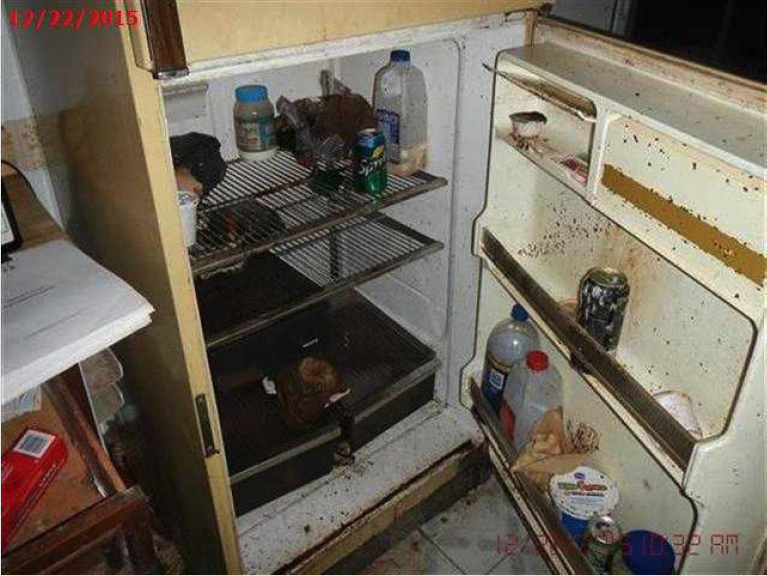
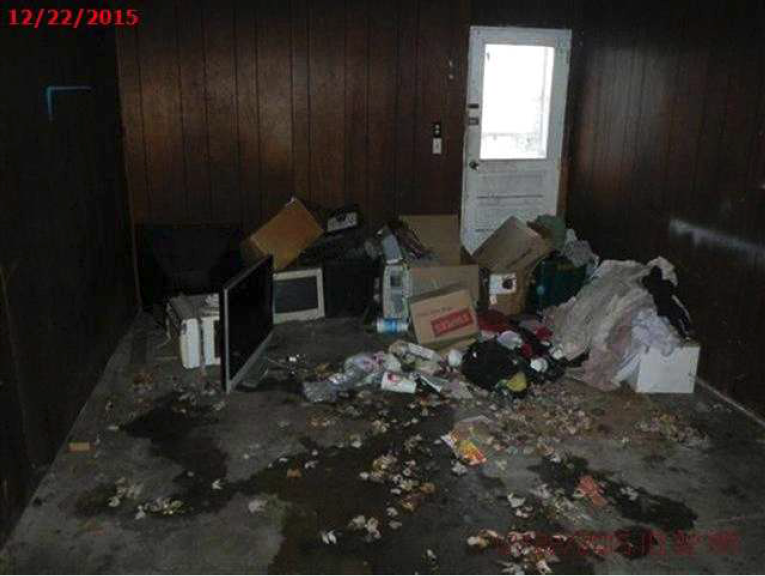
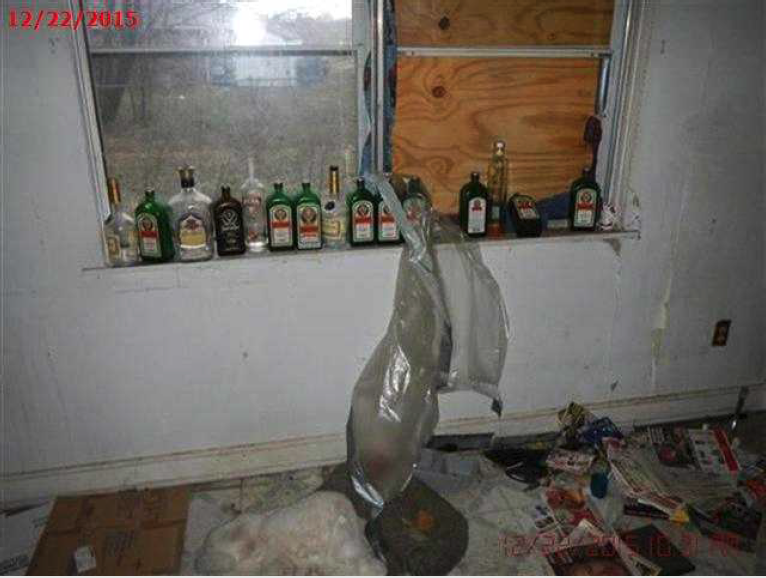
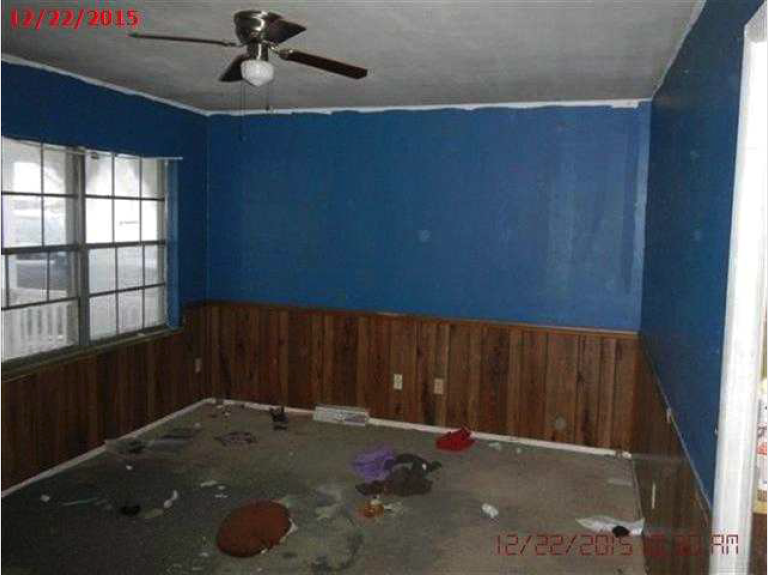
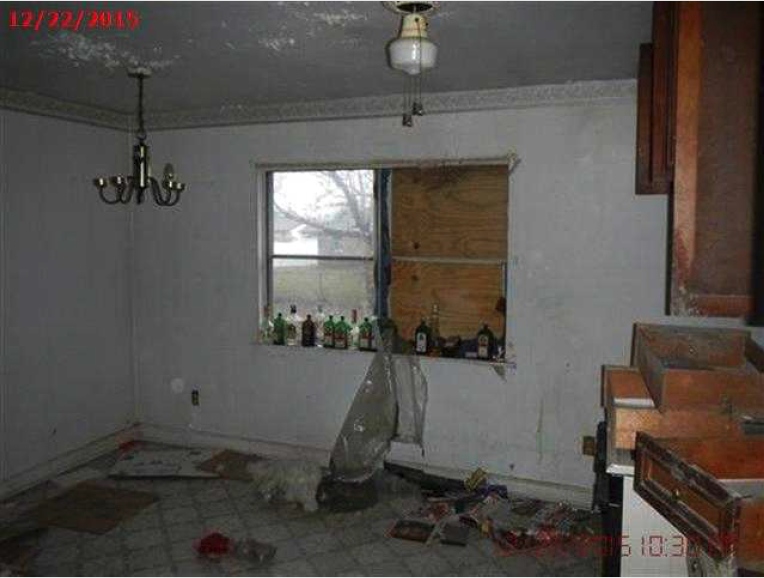
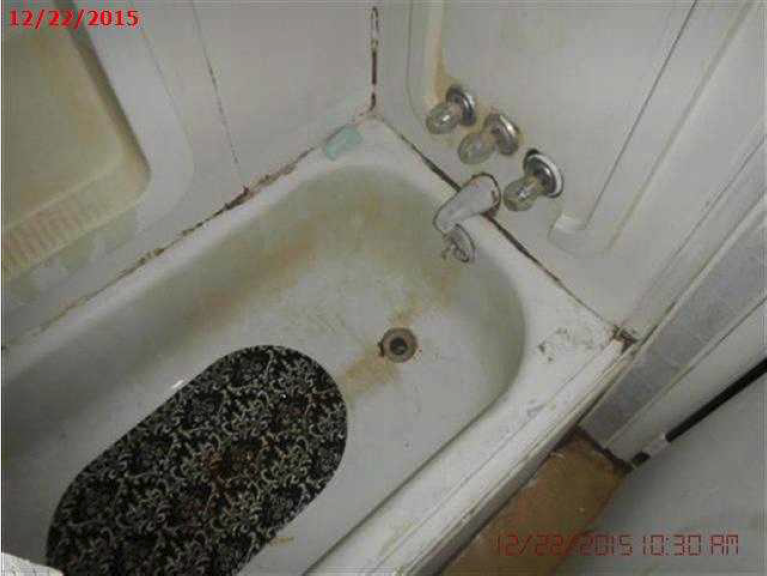
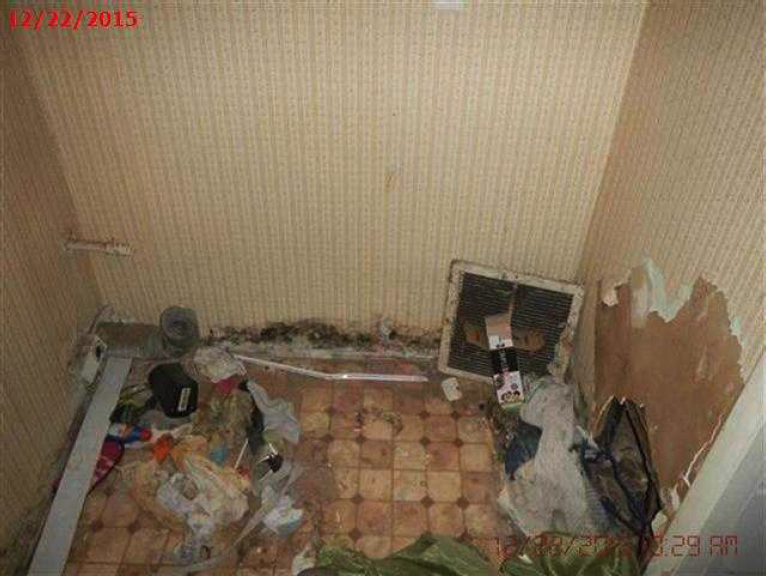
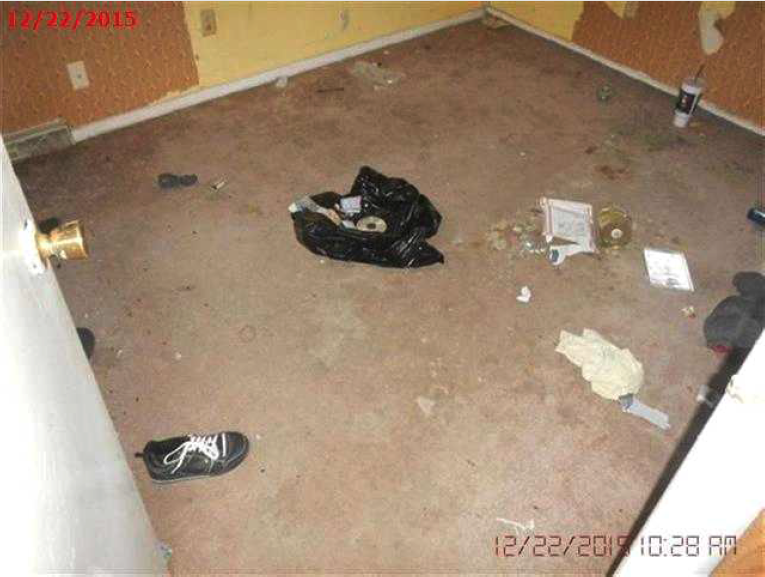
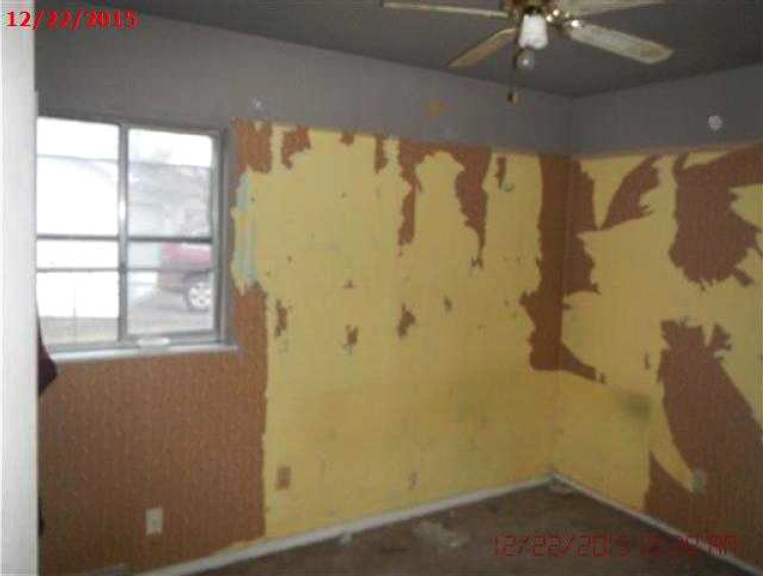
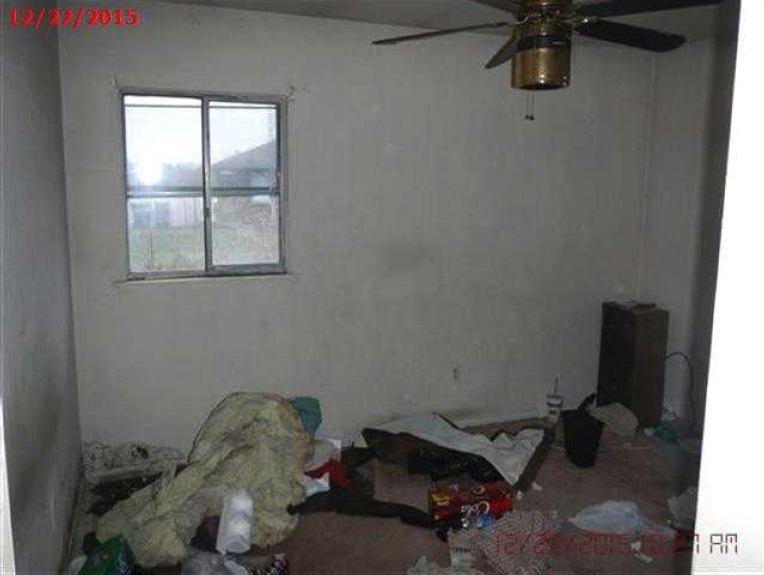
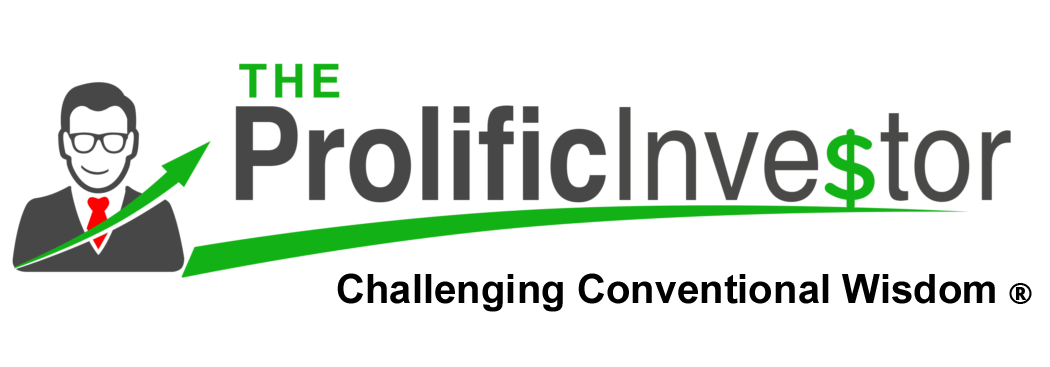
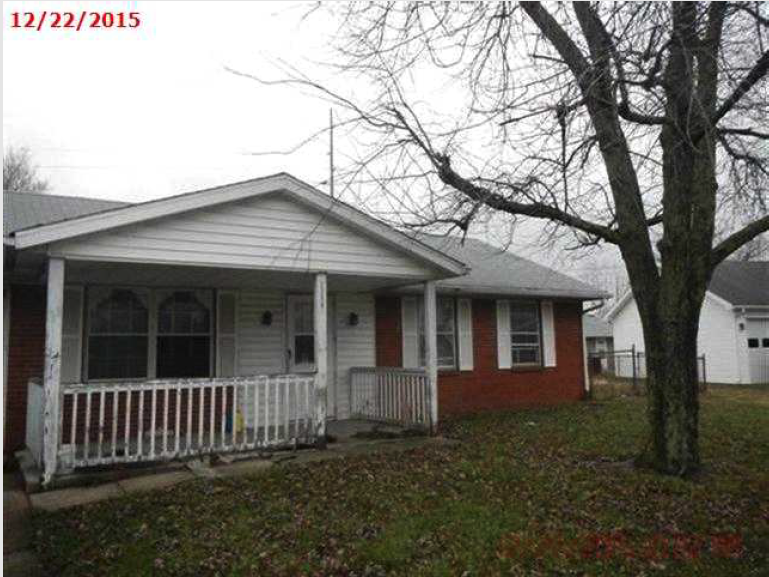
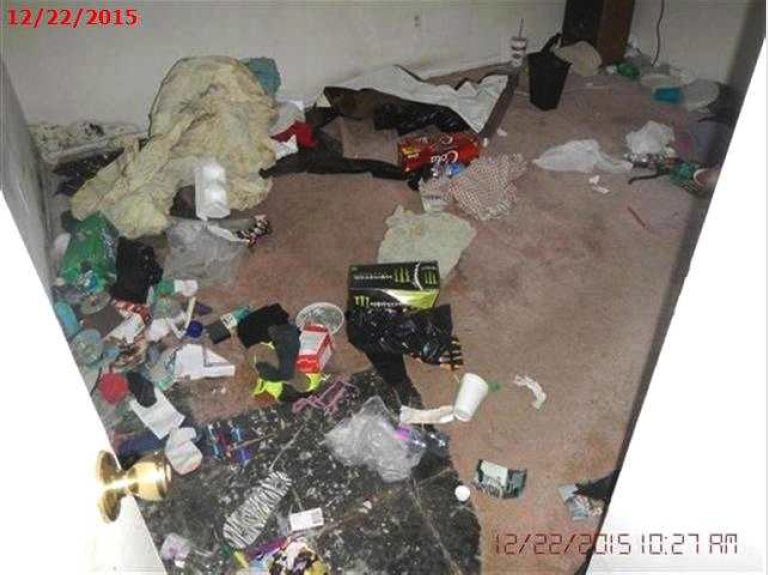
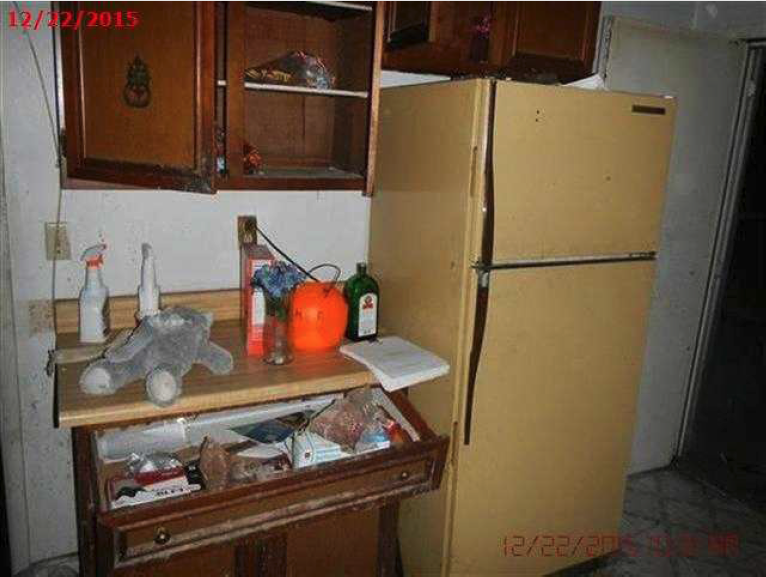
Good Day Chris,
A question:
When you take over the property, dont you take over the land as well?
Doesn’t the land have real value?
Regards
Faisal
You are correct Faisal. The land has value.